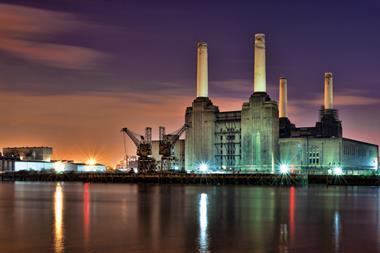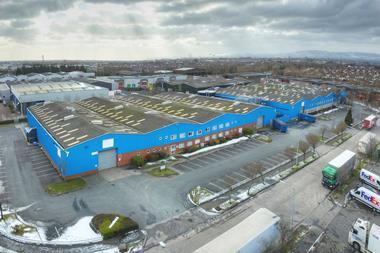A booming economy, rising rents and low interest rates helped push investment in income-producing property in the Republic of Ireland last year to €2.28bn (£2bn) – 30% above the 15-year average but sharply down on 2016 when the blockbuster sales of Dublin’s Blanchardstown and Liffey Valley shopping centres propelled spend to just under €4.5bn.
The market is entering a new period of stability after the highs of 2014 to 2016, suggests Dr John McCartney, director of research at Savills Ireland, which produced the figures.
“After four years of brisk trading, many investment properties are in stable, long-term ownership, with a third of Dublin’s office stock and all six of its major suburban shopping centres having changed hands since 2013,” he says, adding that retrading of assets bought earlier in the cycle will provide ongoing opportunities. “These include properties packaged within portfolios that are now being broken up. The speculative development pipeline is also now producing buildings that will be completed, let and sold as investments.”
Private equity funds have bought €2bn more than they have sold in recent years. McCartney says these buyers typically target a three-to five-year hold, so divestment by private equity players should produce opportunities for others in the coming years.
“With more limited availability of standing investments, investors are focusing on development assets,” he says, noting that some are directly developing buildings, while others are pre-purchasing yet-to-be-built assets or pre-funding developers to build properties for them.
While offices remain a popular choice for investors, one of the biggest stories of 2017 was the emergence of residential and industrial as sectors of choice, he adds. The former is being driven by chronic undersupply in the private rented sector, while the latter is being boosted by a “very competitive” market and an 8.2% annual increase in rents.
In contrast with the boom days, when domestic investors dominated, foreign investors accounted for more than half (53.3%) of 2017 spend, he says. “We expect favourable investment conditions to continue,” he adds. “On the demand side, forecasts indicate that Ireland’s economy should outperform again in 2018 and 2019.”
Northern Ireland resilience
In Northern Ireland, the consumer economy is resilient, supported by a robust labour market. Unemployment stands at 3.9% – far lower than the Republic of Ireland’s 6% and a little below the UK’s 4.4%.
“Demand for secure, city centre investments returned in 2017, with retail at the forefront,” says McCartney. “Northern Ireland’s ability to attract further investment will depend on resolving the political impasse that has resulted in the Stormont assembly being suspended for over a year and, of course, Brexit.”






























No comments yet